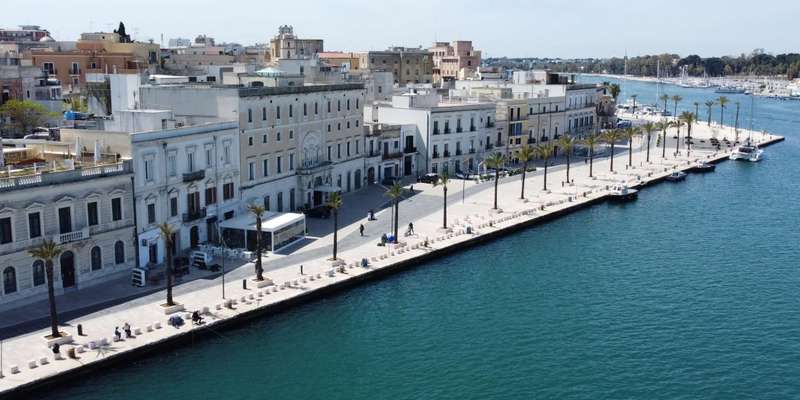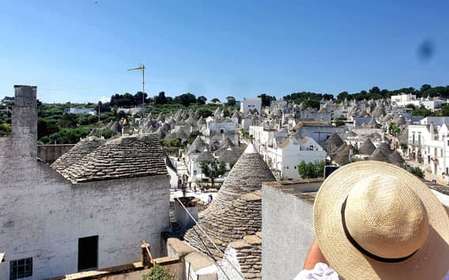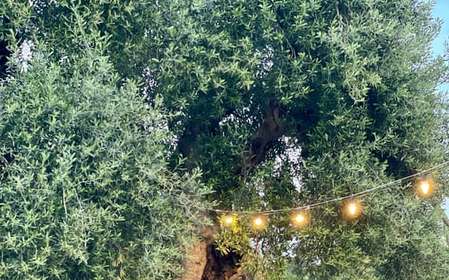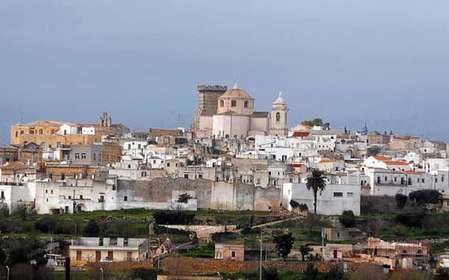- Home
- Useful Tips
- How to access Brindisi's Cathedral
Visiting Brindisi's stunning Cathedral shouldn't feel like navigating a maze, yet many travelers waste precious vacation time circling the historic center or missing its remarkable 12th-century mosaics. Over 68% of cultural tourists report frustration when religious sites lack clear access information, according to a recent Italian tourism survey. The cathedral's multiple entrances and irregular opening hours – often changing for religious ceremonies – leave visitors staring at locked bronze doors or elbowing through cruise-ship crowds. This isn't just about missing a photo opportunity; the cathedral houses the relics of Saint Theodore, a spiritual touchstone for Puglia's faithful, and its crypt contains Byzantine frescoes unseen by most rushed tourists. When limited time meets poor signage, even historically significant sites become stress points rather than awe-inspiring moments.


Finding the real entrance – why tourists keep circling the block
The cathedral's main Piazza Duomo address fools many visitors into approaching the ornate front steps, only to find them barred by a gated railing. What guidebooks rarely mention: the functional entrance sits 30 meters left of the facade, through an unassuming arched passageway leading to the side portal. Locals know the trick – the front steps are reserved for weddings and Easter celebrations. Morning light makes navigation easier; by afternoon, shadows obscure the side entrance completely. Note the cobblestone ramp designed for medieval processions; this subtle feature helps identify the correct access point. Those arriving by cruise ship face added confusion, as group tours often cluster near the incorrect facade entrance. A little-known alternative exists through the Bishop's Palace courtyard when the main access is crowded, though this requires checking with the diocesan office for occasional open days.
Timing your visit – when silence reveals the cathedral's true beauty
Brindisi Cathedral transforms depending on when you cross its threshold. Come at 9 AM when the morning sun illuminates the rose window's medieval glass, or risk viewing its treasures in harsh overhead light. Midday brings unavoidable crowds from docking cruise ships, particularly between April and October when up to six ships may visit daily. Savvy travelers target Tuesday and Thursday mornings when fewer itineraries include Brindisi. The sacred space feels most magical during 6 PM vespers, when chanting echoes through the nave and golden light filters through the apse. Check the diocesan calendar for feast days – while these mean restricted access, witnessing a traditional Puglian mass with its distinctive polyphonic singing justifies planning your entire itinerary around such events. Winter visitors enjoy rare solitude, though some mosaic restoration projects may limit access to certain chapels between November and February.
Decoding dress codes – avoiding the cover-up scramble
Italy's cathedral dress standards catch many unprepared travelers off guard, but Brindisi enforces these rules with particular strictness due to its active parish use. The common mistake? Assuming shoulder coverings suffice when the real issue is knee coverage – guards routinely turn away visitors with shorts or skirts above mid-calf, even in peak summer heat. Keep a lightweight scarf in your daypack not just for shoulders, but to wrap around your waist if needed. Men often overlook that sleeveless shirts violate the code regardless of gender. Children under 12 generally receive more leniency, but teens face the same requirements as adults. The cathedral provides temporary coverings, but these thin paper garments tear easily and create unnecessary waste. Locals suggest dressing for the cathedral first, then changing into cooler clothing at nearby cafes like Caffè Roma if continuing to Brindisi's seaside attractions afterward.
Beyond the nave – secret spots even guided tours miss
Most visitors never discover the cathedral's hidden layers because they don't know to ask. The 11th-century crypt beneath the main altar – accessible via a small staircase near the sacristy – contains remarkably preserved frescoes of the martyrdom of Saint Theodore, Brindisi's patron saint. Cathedral attendants will usually unlock this space upon polite request, especially if you express interest in Byzantine art. Another overlooked treasure: the small museum housing the original 12th-century cathedral doors, removed for preservation after 800 years of use. Its limited opening hours (weekday mornings only) mean even many locals haven't seen these bronze masterpieces up close. For architecture enthusiasts, the cathedral's exterior reveals subtle Norman influences in its rounded arches – best viewed from the quiet garden courtyard behind the apse, where a surviving section of the original Romanesque cloister still stands. These details transform a quick photo stop into a profound encounter with Puglia's layered history.



